Onsen Etiquette: Things to Know Before Taking the Plunge
A Traditional Practice In Japan
Taking a bath seems simple enough. Something along the lines of "run the tap, allow to fill and get in" is pretty much how most Westerners are trained to do it. In Japan, however, the tradition of bathing is an ancient one that was elevated to something of an art, a transformational and spiritual experience that, due to its communal nature, bonded communities in traditional Japanese society.
There are two types of Japanese baths, differentiated primarily by the water used. A sentō is a local bathhouse that uses heated tap water. Sentos used to exist in most Japanese suburbs, as many homes did not contain bathtubs. Nowadays, sentos are less common but are still popular with older generations. Conversely, onsens are bathhouses that use geothermal hot spring water, made possible by Japan’s widespread volcanic activity, and saturated with what are believed to be beneficial minerals.
While onsen setups vary a little, from small family-run establishments to luxurious splays of multiple baths with varying temperatures and mineral properties, the fundamental process and etiquette is generally the same. Whether you’ve visited an onsen before and been a little confused, or if you’re completely new to the practice, here’s a step-by-step to make things crystal clear. After all, it’s not fun to find yourself wandering around naked having zero clue what to do. Trust me.
Take it all off!
Once you remove your shoes at the entrance, you may go barefoot in the locker room, or use slippers if provided. The large majority of onsen today are segregated into male and female areas. Most also switch the male and female spaces periodically, so be careful when entering as your previous side may now be reserved for the opposite sex.
And yes, you must be nude. Wearing a bathing suit isn’t an option, and actually, the nudity required for onsen bathing is key to the experience. In a subtle celebration of Japan’s egalitarian ideals, we are reminded that once we strip ourselves of all external elements, we are all equal. It goes without saying then, that bath nudity is nothing to be fussed over in Japanese society—it’s as every day as miso and rice. Absolutely everyone uses onsen in Japan—from teens to grandmothers, chattering friends to solo soakers, all are welcome. So don’t let a little nakedness put you off.
Take your clothes off in the locker area and stow away valuables. Most onsen provide you with a small rectangular wash towel. This is important, so take it with you, along with anything you would like to wash with (although not essential as most onsen also provide soap and shampoo). However, leave your larger body towel in the locker; this is for drying only and is not allowed inside the bath area.
Be extra prepared if you have ink
It’s also worth mentioning that if you have tattoos these need to be covered. Onsen are a traditional practice in Japan, and tattoos are still not permitted in many establishments due to their association with Japanese yakuza gangs. Try using bandaids or strapping tape for small tattoos. If you have large tattoos, you may not be able to use onsen. Rules are rules (although former Prime Minister Abe urged onsen to allow in foreigners with tattoos, so your luck may be changing).
Pre-washing oneself is non-negotiable
Beyond the locker area, the first thing you will notice is a row of shower stations, each equipped with a hand-held shower head, a tap, a stool and a bucket. Take a seat and wash thoroughly. Along with the nudity requirement, pre-washing oneself is also non-negotiable, and you would likely completely gross out your fellow patrons if you skipped this step. The bucket can be used to tip water over your head for increased washing impact. While you’ll probably find body wash provided, I personally have a thing with soap (a little odd I know) and I love to bring my own aromatherapy or charcoal variety as a special treat.
Hair can be tied up or left down, but I would recommend that if your hair is making contact with the water it is polite to shampoo it first.
Soak it all in
Once washed, it’s time for the good bit—those alluring, steaming hot tubs. Pick a bath and step in, making sure that your small wash towel does not enter the water. Your towel can be placed on top of your head, which is traditional, or you can leave it beside the bath. Your towel can also be used to provide modesty while walking between bathtubs to cover yourself slightly, but this is not essential, and most people walk freely between baths.
You may also come across odd-colored water, perhaps cloudy brown or yellow-tinged. This is due to the various minerals present in the baths, and some regions are even famous for specific water compositions.
When you are ready to go back into the locker room, dry yourself lightly with the wash towel so as not to drip water on the floor. Once inside the locker area, retrieve your towel and dry yourself completely before putting on clothes, a robe or a yukata.
Freshen up and hydrate
Onsen temperatures can range from staggeringly cold, all the way up to between 40 and 44 degrees Celsius, making hydration an important factor to consider when you are soaking for any length of time. Assist the detoxification process by sipping on water regularly throughout your bath session.
For added pampering you could also prepare some chilled tea to aid bodily cleansing. It would be super weird to drink onsen water (don’t do this) and the times I have forgotten my water bottle I have generally bitterly regretted it.
Soothe yourself with aftercare
The benefits of regular onsen bathing are believed to be plentiful, including relief from painful joints, skin conditions and hardening of the arteries to name a few. But the immediate sensation is always extreme warmth that radiates from somewhere inside your bones, and butter-soft muscles that have been rejuvenated with fresh blood supply. To capitalize on this, it’s wonderful to give your body a little extra TLC in the way of a gentle post-onsen massage.
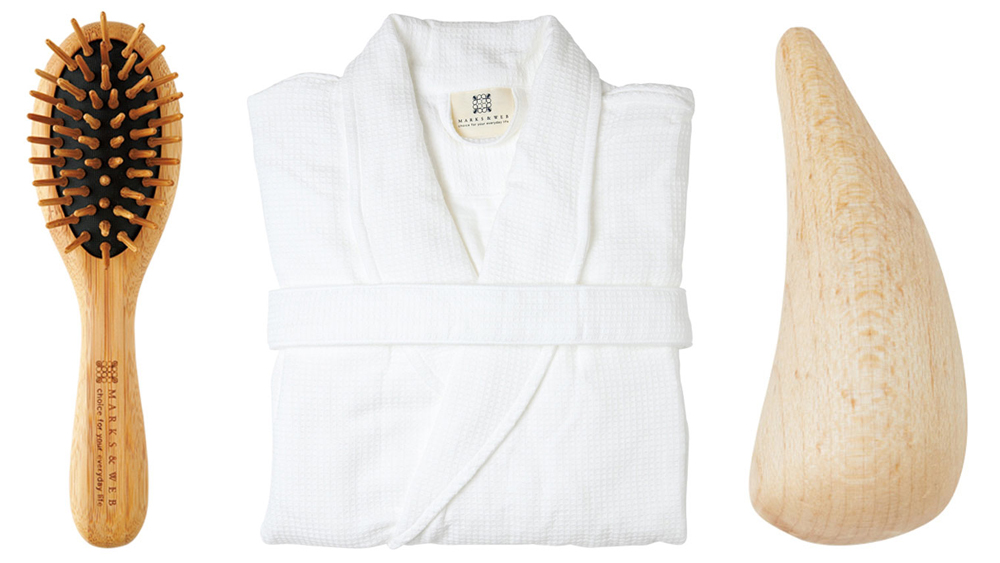
Marks & Web organic cotton waffle bathrobe, ¥11,880; wooden hairbrush, ¥1,220; maple massager, ¥378.
A padded, wooden bristle brush is perfect for detangling hair that’s been through extreme temperatures, and also provides a relaxing treatment for the scalp and neck. If you’re really serious about de-stressing, using a small wooden massager over any achy spots is an indulgent way to end a day of blissful bath time.
Now that you know what to expect, plan your onsen excursion by checking out one of Tokyo’s top five spas. Happy bathing!

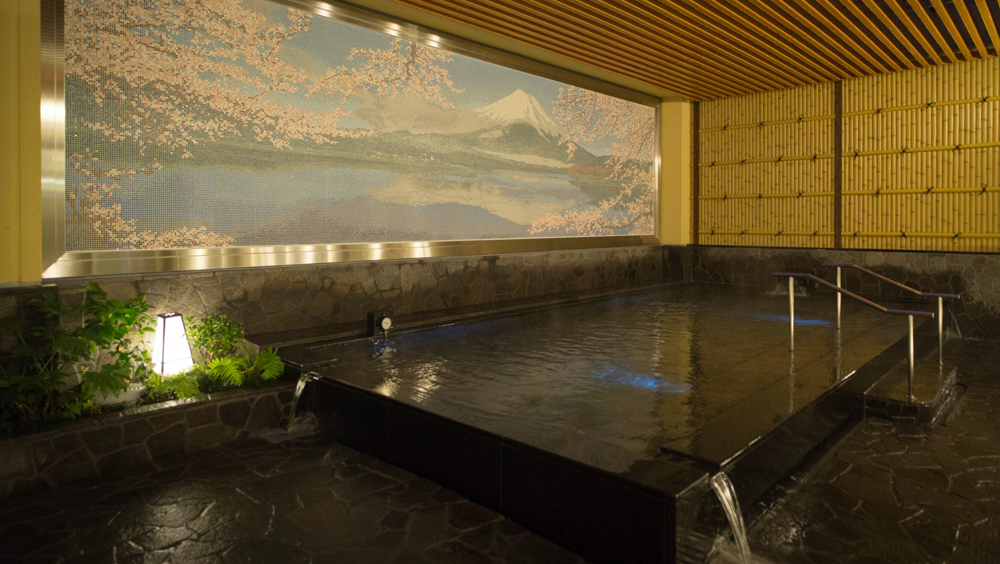
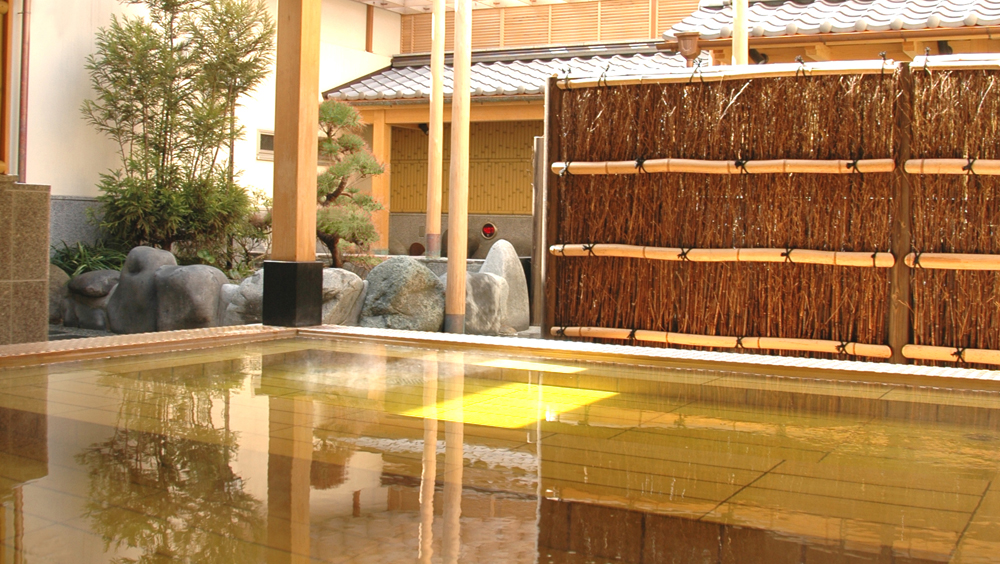
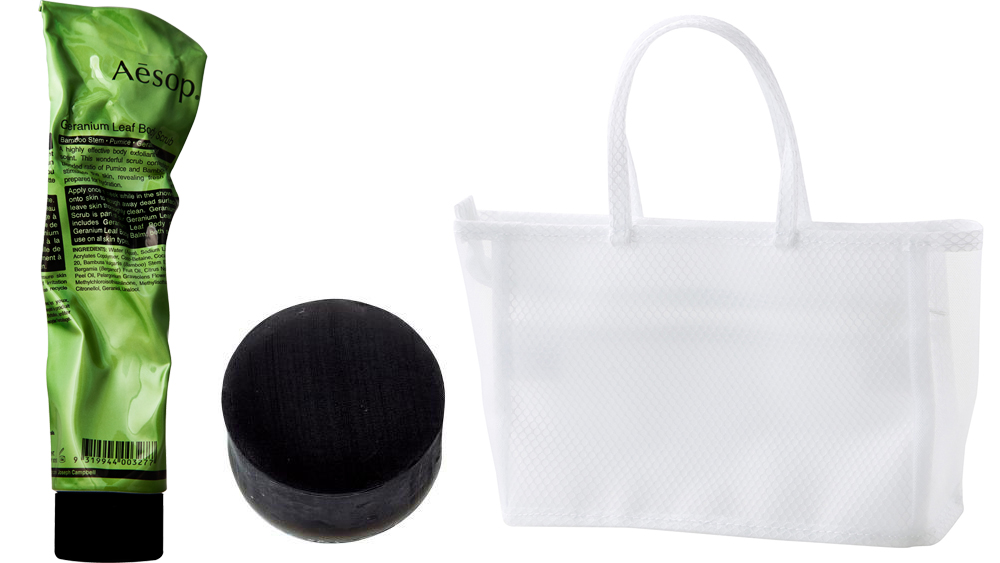
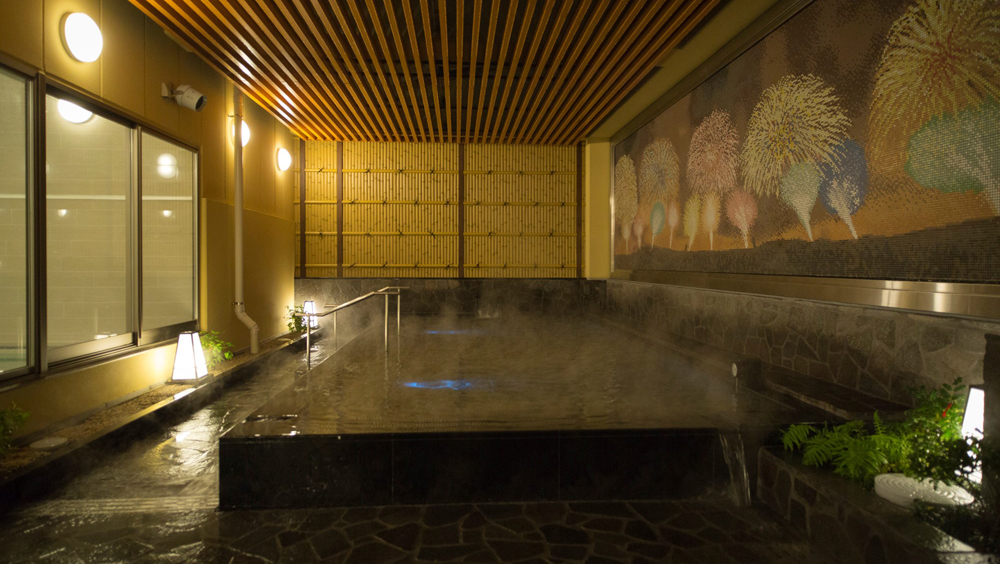
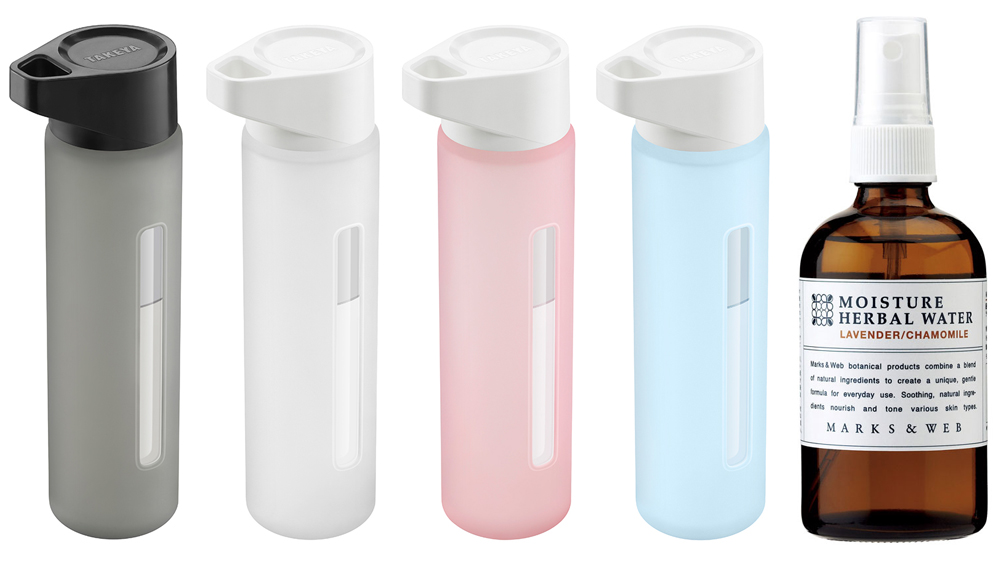











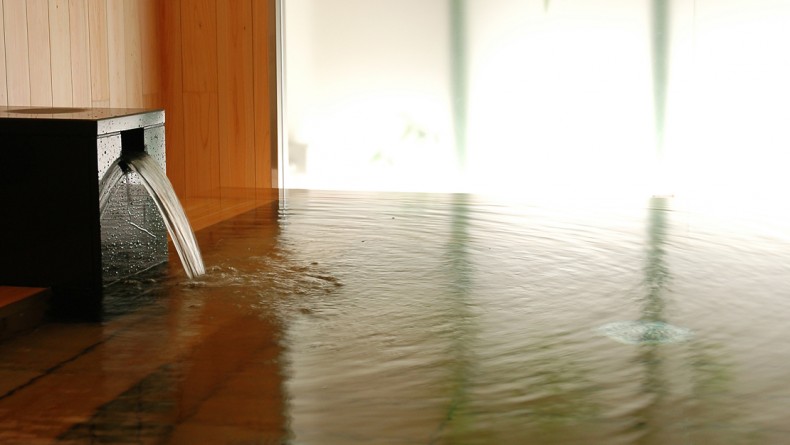

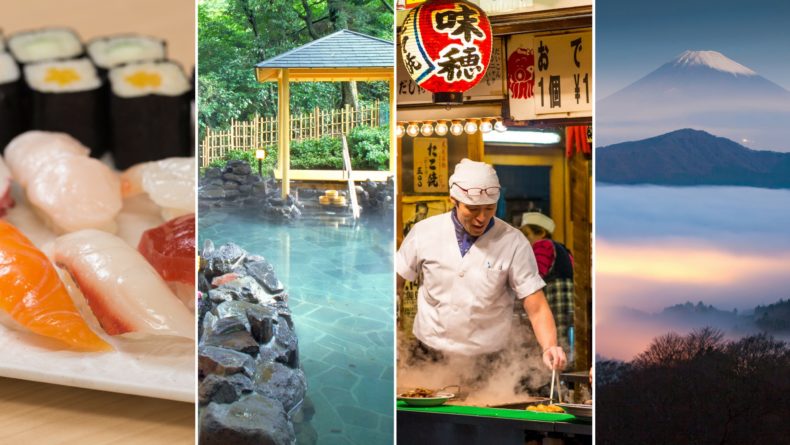
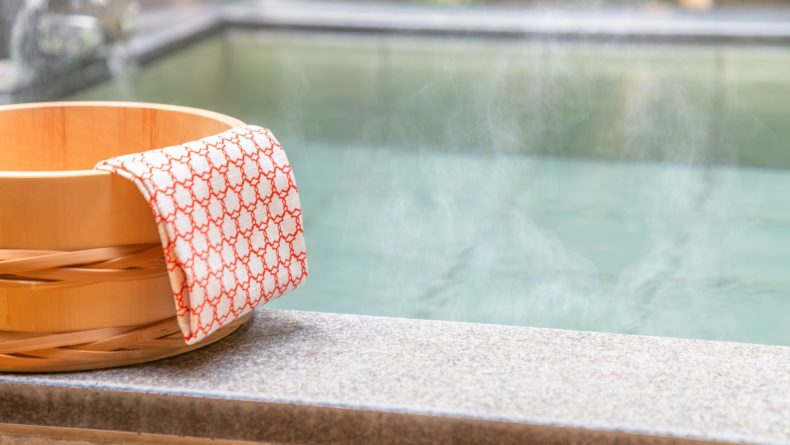
Leave a Reply